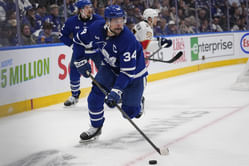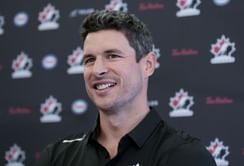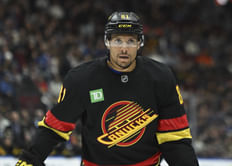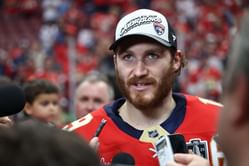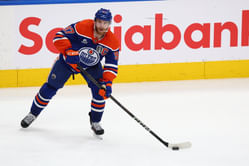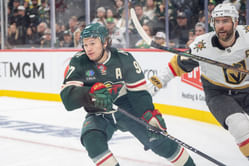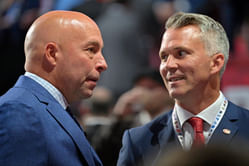
The Buffalo Sabres, established in the 1970–71 NHL season, joined with the Vancouver Canucks. Owned by Seymour H. Knox III and Northrup Knox, they held a name-the-team contest, choosing "Sabres" for its leadership connotation. They made the playoffs in 1972–73 and reached the Stanley Cup Finals in 1974–75, facing the "Broad Street Bullies" Flyers. Despite notable achievements, the French Connection era concluded in 1981 with Robert and Martin's trades. Their legacy lives on with retired jersey numbers and a statue at KeyBank Center.
Despite achievements, the era concluded in 1981 with key trades. Financial struggles in 1997–98 led to the Sabres' sale to John Rigas. The team, led by Dominik Hasek, reached the Eastern Conference Finals in 1997–98 but fell short. The 1998–99 season marked by Miroslav Satan saw a return to the Stanley Cup Finals, facing the Dallas Stars. Despite controversy, the subsequent season brought challenges, including the infamous "LeClair" goal. The 2000–01 season marked Michael Peca's departure. The 2001 summer saw Dominik Hasek's exit, ending a playoff era.
In 2010, Terry Pegula's $189 million purchase marked a new era. Tim Murray's 2014 tenure aimed at rebuilding, selecting Jack Eichel in 2015. Despite improvements, coaching changes and front-office shifts continued. The Sabres missed the playoffs for 12 years by 2022–23, reflecting ownership changes, coaching adjustments, and rebuilding efforts amid challenges and aspirations.
Buffalo Sabres Mascot Sabretooth
Sabretooth, the Buffalo Sabres' imposing mascot, stands seven feet tall and weighs 242 pounds, making him one of the most physically dominant mascots in the NHL. As the last living sabre-tooth cat, he has a mysterious age, estimated by the Sabres' scientific community to be at least 10,000 years old. Despite his age, Sabretooth remains a vibrant presence on the ice, energizing fans at the KeyBank Center.
Originating from the mid-1980s, Sabretooth's debut was conceived by Paul Wieland and Budd Bailey in collaboration with the Knox Family, the team's owners, to enhance fan engagement. Despite his imposing appearance, Sabretooth is known for his friendliness and engages with fans by chatting, taking selfies, and celebrating Sabres' plays with high-fives.
Beyond hockey nights, Sabretooth extends his popularity to various events, including birthday parties and school functions, making him a beloved figure on and off the ice. Sabres fans and NHL enthusiasts alike appreciate him, as evident in a recent poll where he secured the second spot, falling just behind Carlton the Bear of the Toronto Maple Leafs.
Buffalo Sabres Mascot History
Sabretooth originated in the mid-to-late 1980s through the collaborative efforts of Buffalo Sabres PR Director Paul Wieland and Sabre employee Budd Bailey. The concept was born to boost fan interest, drawing inspiration from the achievements of the Triple-A Buffalo Bisons baseball team and their mascot Buster Bison. The Knox Family, who were the owners of the Sabres at the time, supported and endorsed this initiative.
Sabretooth found a new home in Buffalo, captivating audiences with his dynamic performances and off-ice antics, such as jamming to music, enjoying chicken wings, playing the drums, and rappelling from the ceiling with fearless enthusiasm.
Sabretooth Funny Incidents
While specific humorous incidents with Buffalo Sabres mascot Sabretooth are not known, Buffalo Sabres mascot Sabretooth brings laughter and entertainment to fans, contributing to a lively atmosphere during games and events.
FAQs
A: Sabretooth stands seven feet tall and weighs 242 pounds, making him one of the most physically dominant mascots in the NHL.
A: Sabretooth, the mascot of the Buffalo Sabres, was introduced in the mid-to-late 1980s.
A: Sabretooth was created by Paul Wieland and Budd Bailey in collaboration with the Knox Family in the mid-1980s to enhance fan engagement.
A: Sabretooth engages with fans by chatting, taking selfies, and celebrating Sabres' plays with high-fives. He also participates in various events, including birthday parties and school functions.
A: In a recent poll, Sabretooth secured the second spot in popularity among NHL mascots, falling just behind Carlton the Bear of the Toronto Maple Leafs.

